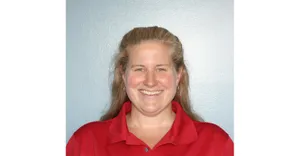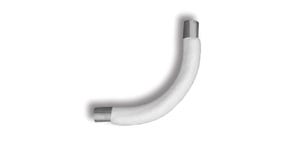May 8, 2015
By Joe Florkowski
The hows and whys of combustible dust explosions and how to prevent them were part of the focus of the second and final day of the 119th annual International Association of Operative Millers conference at the Palm Springs Convention Center in Palm Springs, Thursday, May 7.
Dr. Vahid Ebadat , CEO of Chilworth Technology, explained in his half-hour session, Dust Hazard Assessment and Control during Storage, Conveying, Milling, Screening, Packaging, and Dust Collection, that he could only provide a broad overview of combustible dust explosions, and how to prevent them.
Ebadat explained to the audience that he would need days to explain all of the nuances and details of dust explosions. But combustible dust is a topic that affects all processing fields – whether its food products, chemical, or lumber. “No industry has a monopoly on dust explosions,” Ebadat said.
Ebadat, who will speak on June 18 at Powder & Bulk Solids Toronto on this topic, detailed the conditions necessary for a dust explosion, showing audience members the Explosion Pentagon, which comprises the five components - fuel, oxidant, ignition source, dispersion, and confinement - that contribute to a dust explosion.
He emphasized that even what seems like a small layer of dust on your facility floor can potentially lead to a large explosion.
Ebadat used the conference room the attendees were sitting in as an example. He said if you took a typical conference room and if you covered it with 1mm of dust, that level of dust would be enough to cause a dust explosion if the dust were dispersed into the air into a cloud. “That is why it is so important that you take care of any powder leaking out of your process equipment,” Ebadat said.
Listen to Dr. Ebadat discuss combustible dust hazards and mitigation strategies at Powder Show Canada June 16-18, 2015 in Toronto, Canada. |
Cleaning up dust is important as well, because if an explosion occurs in another part of the facility it can reach the dust layer and cause a potentially more harmful explosion. “Very often, secondary explosions are far more devastating than the primary explosion,” Ebadat said.
Ebadat outlined steps that facilities can take to prevent dust explosions, such as understanding the flammability and characteristics of the powder handled, doing a site audit to determine locations where there are flammable atmospheres or identify potential ignition sources. Companies can also do something as simple as picking up the phone and calling someone who is familiar with the dust/powder in question and the operations within the facility.
Joe Florkowski is managing editor for Powder & Bulk Solids. He can be reached at [email protected]
For related articles, news, and equipment reviews, visit our Explosion Protection & Safety Equipment Zone
Click here for a List of Explosion Protecton & Safety Equipment Manufacturers
You May Also Like


